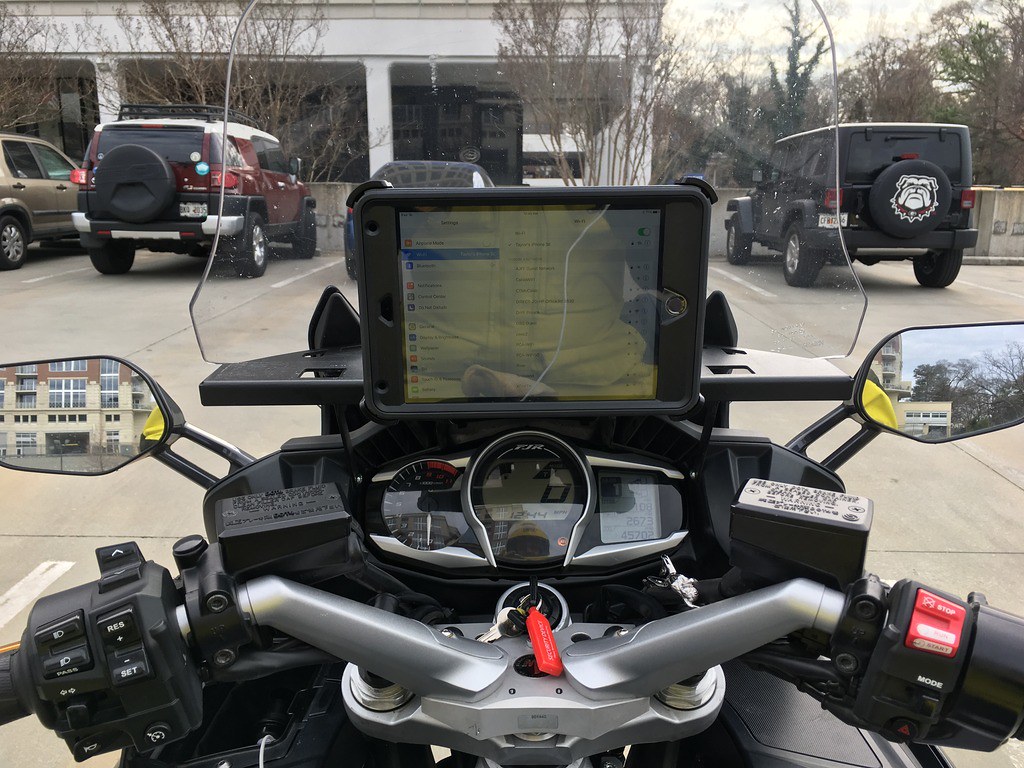RossKean
Well-known member
That's the beauty of a device that you could put together around a waterproof "hardened" tablet (7" would be an ideal size, I think). Tons of storage space for all the detailed maps and apps you want, very decent processors and the possibility of Internet connectivity. (You don't need the Internet all the time if you have a version of the maps local but any time you are in range, you could get live updates on traffic, weather and conditions. Not to mention, you could set it to download map updates any time you are in a Wi-Fi area.) If appropriately designed and supported, I don't see any reason why a device built with the best of today's technology wouldn't still be useful ten years from now. Current devices have far more than sufficient capability and capacity for the "mission" into the foreseeable future.However, using a phone will always leave you "driving while blind" when there's no cell service. Google will have to develop a satellite transceiver, or buy one, in order to truly provide GPS navigation.RossKean posted: ... I am surprised that Google hasn't gotten into the market. I think they could blow Garmin out of the water.
All sorts of possible features you could build in. Weather (of course) but also an intelligent route planner that could integrate with real-time forecast.
Google maps routing !!!
Google "street view" in cell or Wi-Fi range.
MP3 player, of course.
Accept input from a radar detector module that could be mounted somewhere less obvious. TPMS modules too.
Seamless integrated communication (BT)
How about a "dead-reckoning" application where you could see a "pointer" to your ultimate destination (or perhaps just 20 miles down the road). Would be extremely useful to see if you need to re-route around that big black cloud that is apparently in your path (or dig out the rain gear). Or are you currently headed for that pall of smoke on the horizon? This could also be VERY useful for off-road stuff where maps may not exist.
A real-time app that measures your current speed and looks ahead at the radius-of-curvature of upcoming twisty bits and could briefly flash a warning if you are too fast for the upcoming turn (criteria settable with whatever you are comfortable with)
Dash cam? Easy-peasey these days. Perhaps even a remote cam that can be mounted anywhere and streams to the GPS for control and storage. (two cams?)
Of course, you could have a whiz-bang app that does all of this stuff in your phone with decent local storage on the tablet and a fast BT connection to the phone... Still needs a dedicated "display" device.
I came to the conclusion that it would be better to have a purpose-built device to mount on the bike rather than just using the phone. Better display possible, GPS-specific features, larger size, built to be robust, camera integration etc. The "smarts" could be on the phone but you still need another device.
While I am dreaming in Technicolor, maybe we need Yamaha to build a MOS (Motorcycle Operating System) to integrate with system for all sorts of diagnostics and controls... Perhaps Google could even make a common interface that could be sold to manufacturers to allow ultimate compatibility???












































